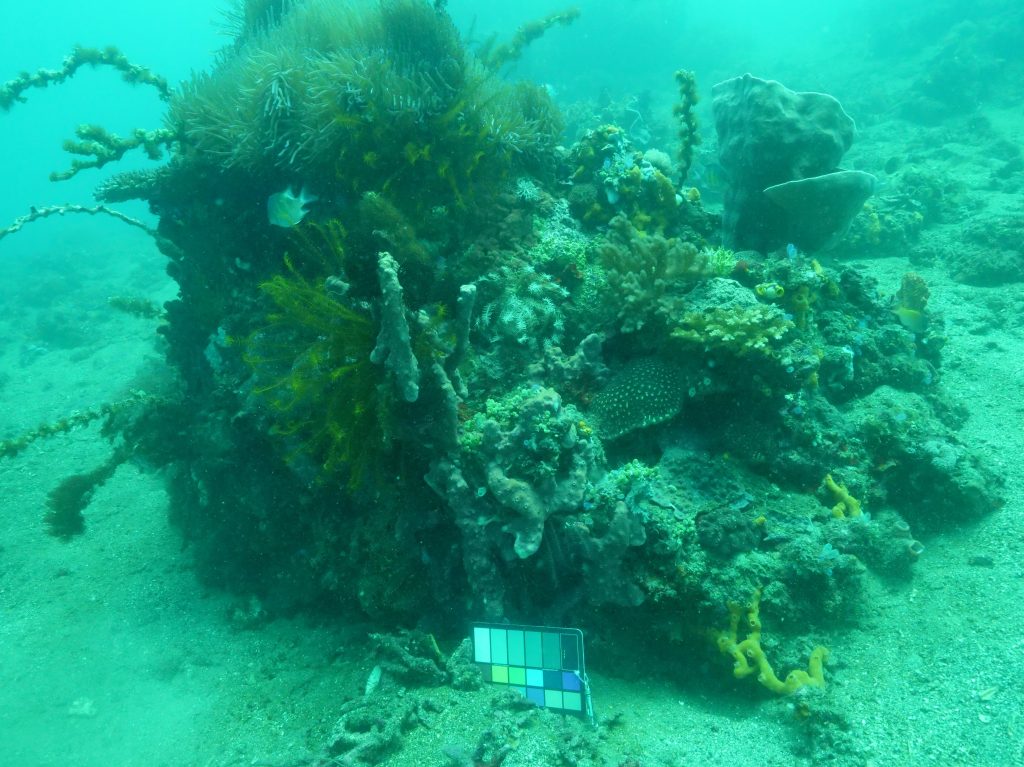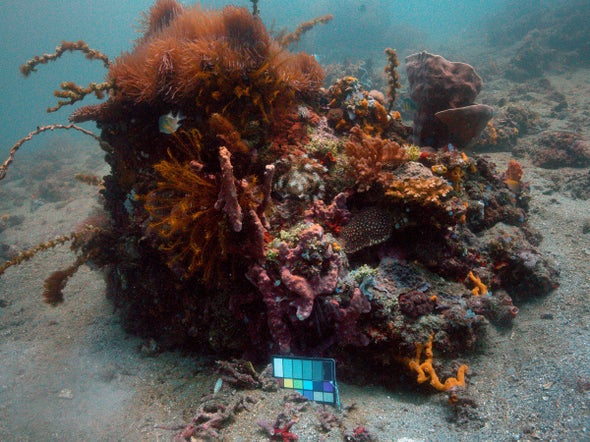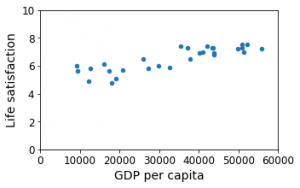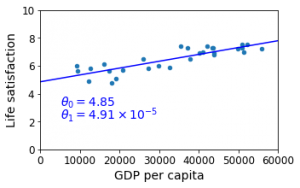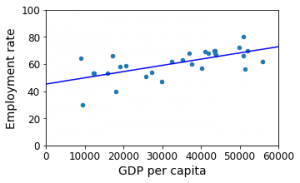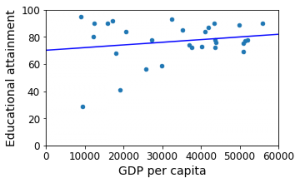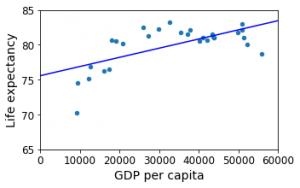Category: General
Removing water?? from underwater images
Removing water?? from underwater images
We all know the underwater images divers take. We have seen them before and we have been amazed by the vivid colors and shapes of the bountiful life underwater. Here is an example taken by Derya Akkaynak, she is a diver and a photographer, an underwater photographer.
This is a coral formation which has even more life forms inside and on the surface of it than the lively sea. After observing these underwater photos if you are interested in taking them yourself you will understand that these photos are taken by extra illumination. Because guess what? Sun cannot penetrate more than a few meters into the water, and seas have more life under them than the outer surface layer. On top of artificial illumination (bringing powerful spot lights under water) the optic property of water distorts wavelengths of light. This creates even more problems for photographers as this causes colors to “wash away” especially red and yellow color.
We have seen artificial intelligence and machine learning algorithms shine in almost every area regardless of where it should and shouldn’t be successful. However the aforementioned problems with underwater images caused significant delay for artificial intelligence to shine underwater. I have used past tense because the underwater diver and photographer Derya Akkaynak is also a scientist an engineer and an oceanographer and she developed a lovely algorithm that removes WATER from UNDERWATER images!
Look at the bright and vivid colors of this coral formation, this an outstanding step for science and especially biologists ecologists and anyone whose interest lies underwater should take their time to read the references given below. Before closing let me explain this clearly: CVPR is one of the most prestigious Computer Vision conferences in the world, and her paper is published there. Scientific American is also one of the most prestigious journals around the globe and her work is featured there. And finally I have seen this on the front page of reddit!
Credits for Photos: Derya Akkaynak (Derya means sea in Turkish)
References:
- https://www.reddit.com/r/scuba/comments/dvtbvp/a_new_computer_algorithm_can_essentially_remove/
- https://www.scientificamerican.com/article/sea-thru-brings-clarity-to-underwater-photos1/
- https://www.scientificamerican.com/video/seeing-through-the-sea/
- http://openaccess.thecvf.com/content_CVPR_2019/html/Akkaynak_Sea-Thru_A_Method_for_Removing_Water_From_Underwater_Images_CVPR_2019_paper.html
OECD and GDP Data Visualization
OECD and GDP Data Visualization
We are going to gather various OECD data about some countries and analyze these data to see whether higher GDP corresponds to better OECD stats. For this purpose, we must get OECD stats and GDP of the countries. OECD stats are downloaded from their official web page and GDP data is downloaded from IMF.
The data is in .csv form right now we need to ready our python code for the data. The python code basically gets the inputted data, feeds it into a regression model and outputs a prediction. In the first run I tried linear regression and the output was a linear prediction model.
Figure 1. GDP and Life satisfaction data
After the machine learning algorithm learns from the data we will observe the prediction model extracted from this learning.
Figure 2. Linear regression prediction model
The prediction line fits our data and agrees with the fact that money can buy happiness.
I have also tried different OECD data to extract more meaning from GDP effects on our life. Women Employment rate is very important for post-modern human struggles. Sadly, Turkey is by far the lowest in this area in OECD countries with 31% women employment rate.
Figure 3. Women Employment is also a function of GDP (and vice versa)
One of the most shocking fact I learnt from this assignment was the following example. I tried women educational attainment data against GDP and interestingly the line was nearly horizontal meaning there was no clear indication that GDP has an affect on women educational attainment rates.
Figure 4. Women Educational attainment rates
Finally I wanted to see the affects of GDP on life expectancy and it was clear that higher GDP results in higher life expectancy from the figure 5.
Figure 5. Life expectancy vs GDP
In conclusion, we can use different datasets and make predictions on these data sets to extract useful insight and information about how they are correlated with each other. Standard mathematical correlation processes here requires complex mathematical formulas and validation techniques while machine learning provides fast, accurate and numerous tools for different problems.
Data Curation
Data Curation Automation Tool
— Under development —
Data curation accompanied with domain knowledge is crucial for any machine learning project.
The tool is written in python for pandas dataframe cleaning of NaN values.
